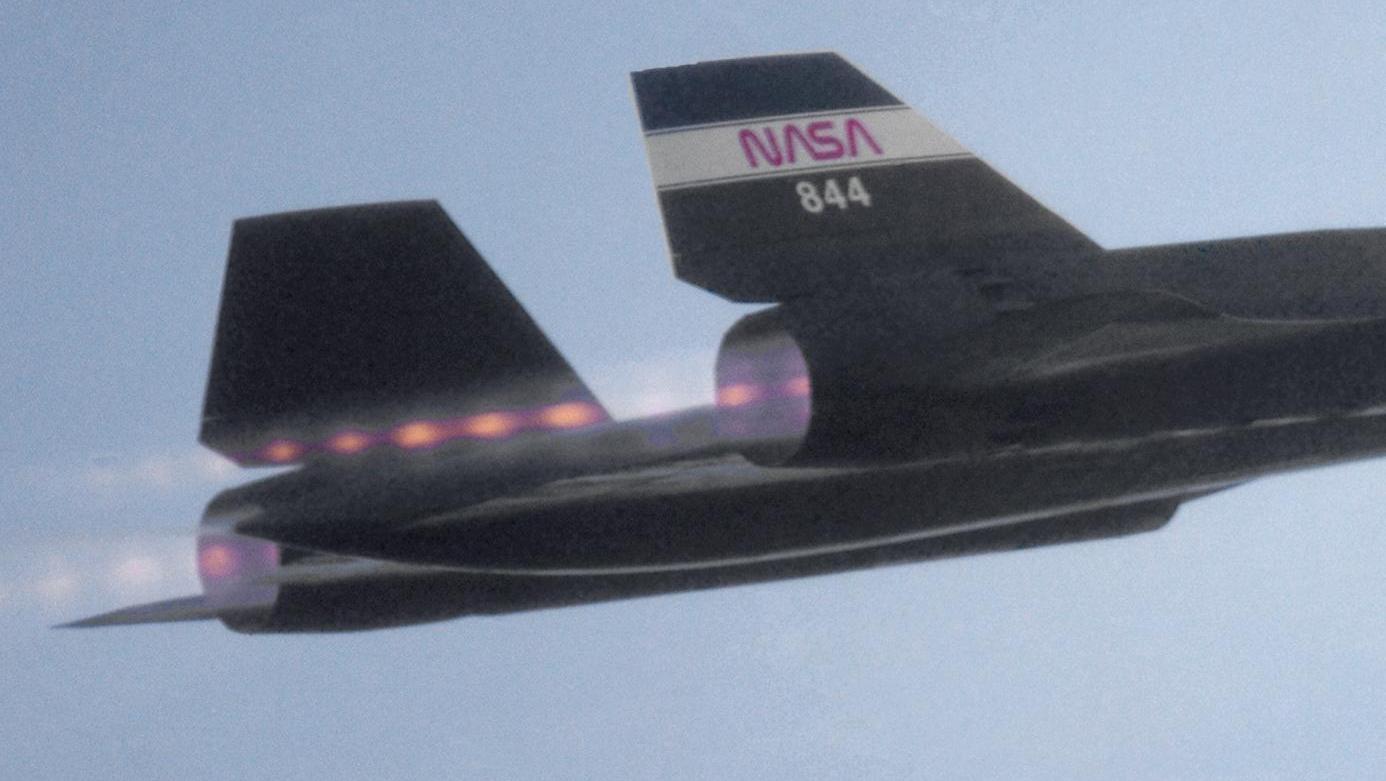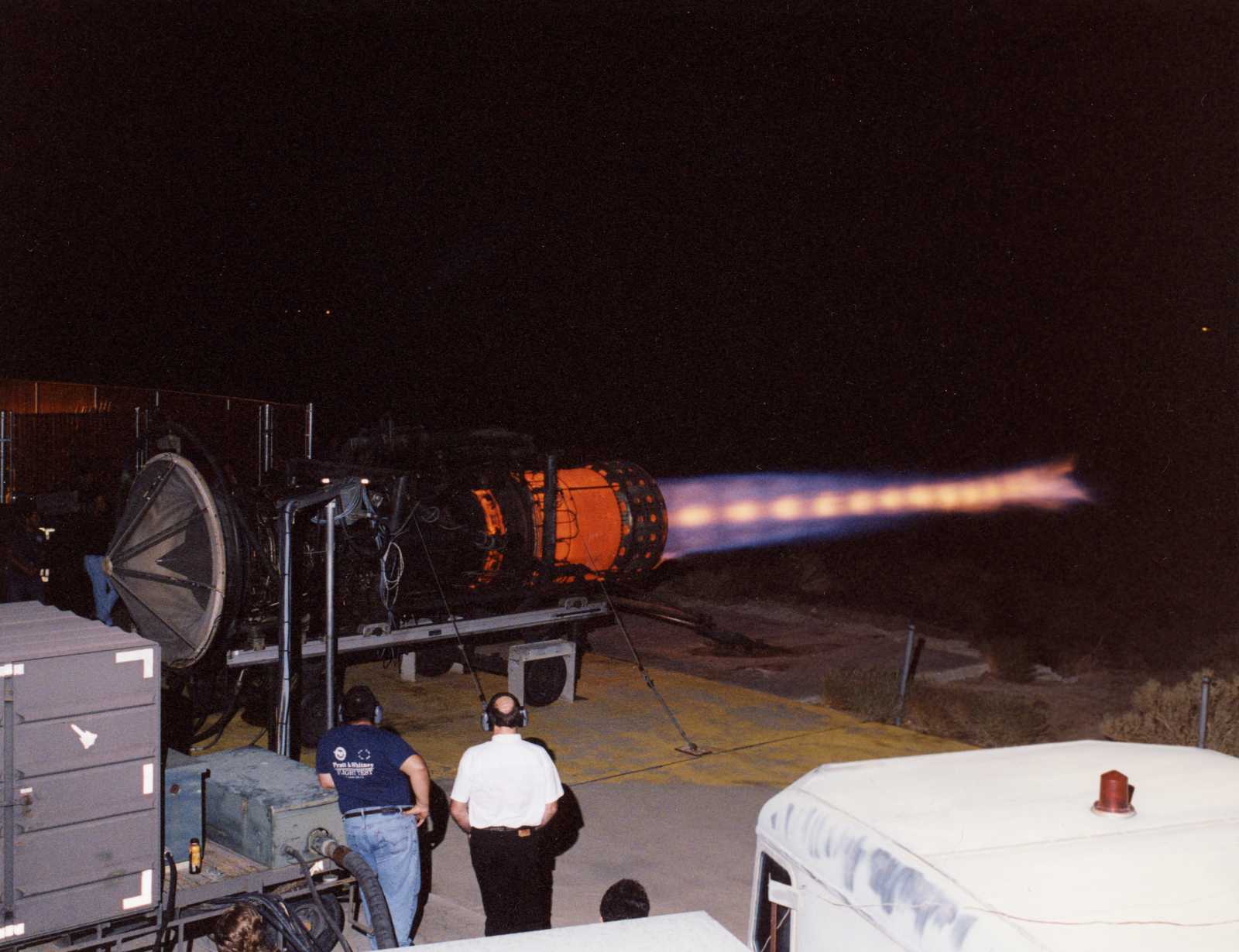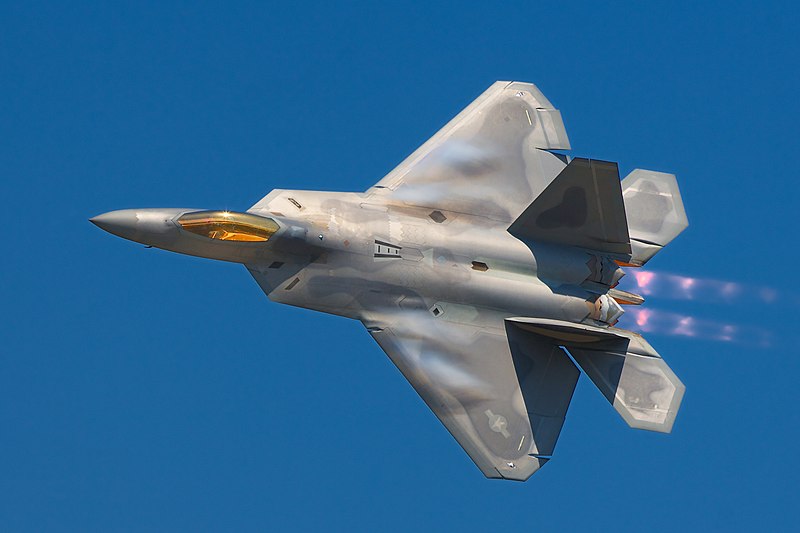It's really a matter of degree.
The shocks shown in the SR photos are within the nozzle. This is usually
a sign of greatly overexpanded flow. Such flow conditions are usually not
transitional in nature. I expect these are due to low altitude and a high
throttle setting. Sometimes for takeoff and sometimes for showoff, which
we all appreciate at airshows.
But in the end it doesn't really matter I guess as you could draw the
Archangel 1 with or without them. For me, personally, I think I prefer it
as shown. But if Jozef adds shock diamonds, that is OK too.
As far as the F-22 picture. It is very cool of course, but also low altitude.
This is just the kind of thing that crowds (and I) love at airshows. But,
we also don't know a lot of F119-PW-100 details. It is a very cool engine
with counter-rotating high pressure compressor stages, counter rotating
turbine stages, interesting cooling and materials tech., and the neat nozzle
(and other stuff I'm sure).
But, I have not been able to find any details of its thrust vectoring 2-D nozzle.
We know it adjusts its 2-D walls for thrust vectoring, but I have not read
where it does that for adjusting its expansion dynamically at millisec. resolution,
as you suggest. Do you have a reference?
![J58_AfterburnerT[1].jpg](/proxy.php?image=http%3A%2F%2Fwww.456fis.org%2FTHE%2520J-58%2520ENGINE%2FJ58_AfterburnerT%5B1%5D.jpg&hash=c29c62915e8196207d67cf1d78cf3b76)




